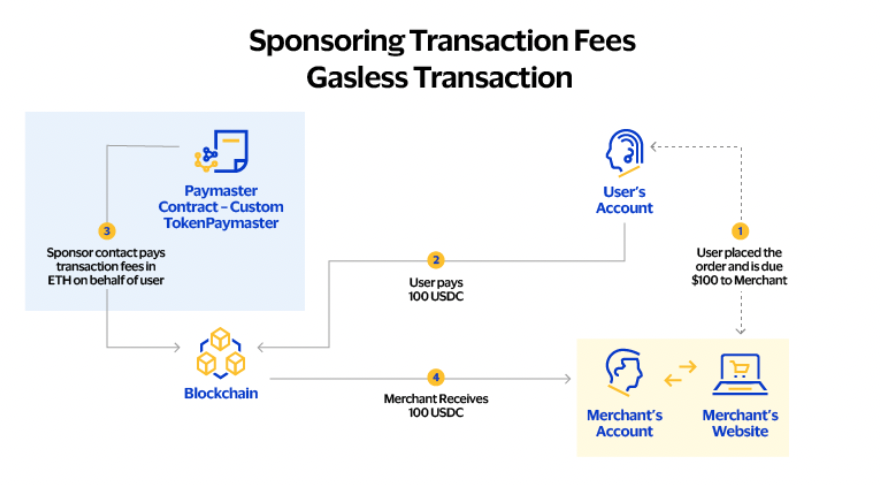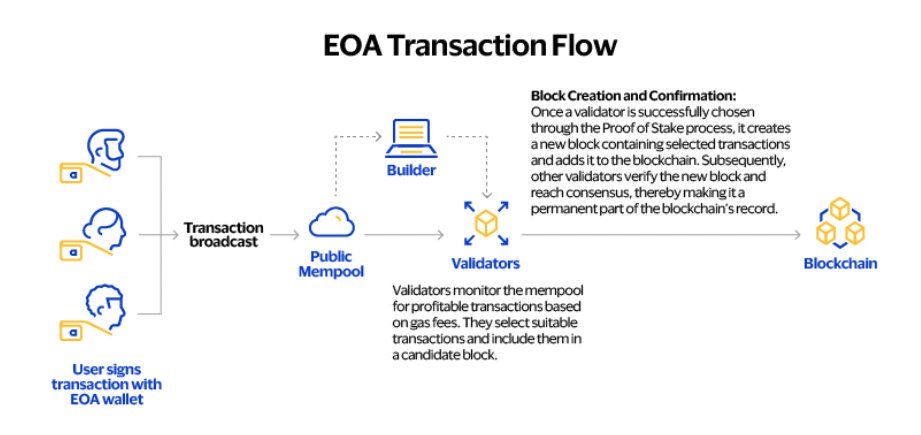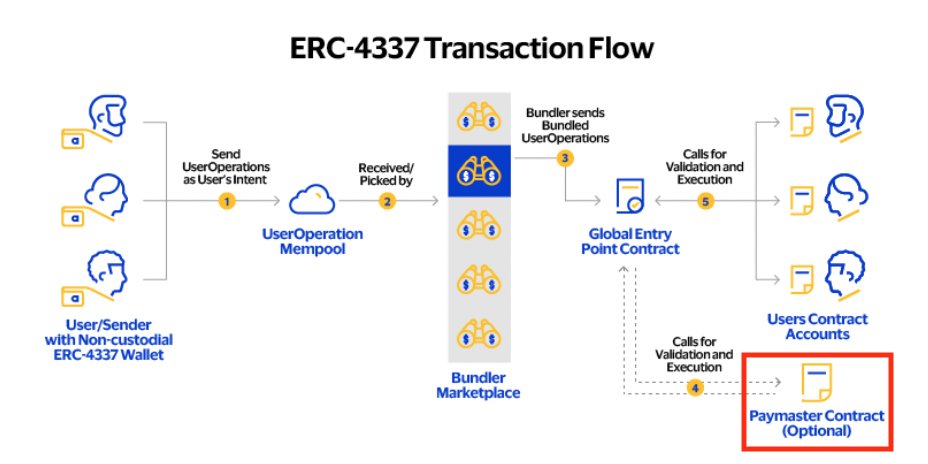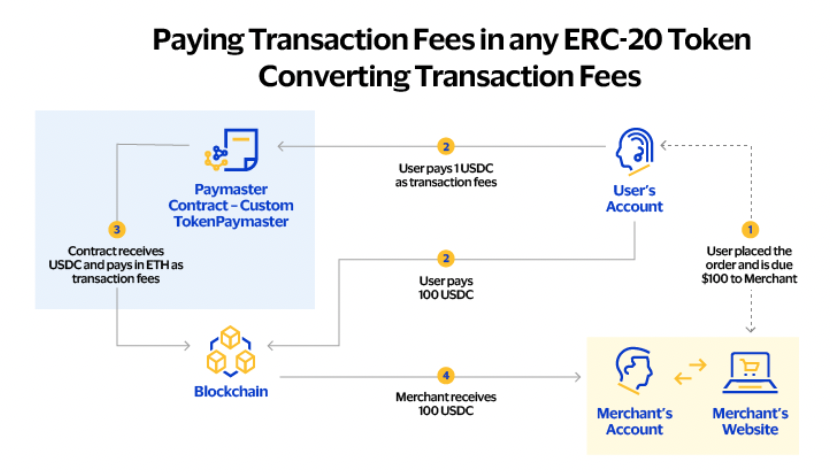Yesterday, Visa published a report on their experiments with ERC-4337 (Account Abstraction).
This report is very exciting (see the end of the article for the full version), and it may shake the existing gas system and inspire more out-of-circle applications. Two pieces of information are particularly noteworthy: large payment companies are experimenting with Ethereum, and the report shows potential uses for ERC-4337.

Engineer Cygaar interpreted the report, and Odaily compiled this interpretation as follows:
What are ERC-4337 and Account Abstraction (AA)?
Currently, there are two types of wallets on Ethereum, externally owned accounts (EOA) and smart contract accounts. EOA is controlled by a private key and requires an initial transaction.

ERC-4337 introduces a new transaction process that allows ERC-4337 wallets to initiate transactions. These new wallets are programmable and do not require authentication via private keys. In addition, users can use methods such as biometrics or mobile devices to authorize transactions.
These ERC-4337 wallets can submit a new transaction type called UserOperations. UO transactions are processed by bundlers, after which transactions can be sent to the blockchain like EOA.
In addition to ERC-4337 wallets and bundlers, there are now optional paymasters contracts. This function can be called before executing a transaction,This allows paymasters to pay gas fees on behalf of users.This opens up a new world of possibilities for application developers.

Visa put together two prototypes showing potential use cases for this new Paymaster process:
1. Using paymaster makes it easier to pay gas fees with ERC-20 tokens.
2. Use paymaster to fully pay the gas fee for a transaction.
For the first experiment, the team created a paymaster contract that first fetches the exchange rate of ETH to ERC-20 tokens (L1 10 ), and then transfers that amount of ERC-20 tokens to itself (L1 12 ). (contract link)
In the second experiment, a paymaster contract was set up to fully pay the gas fees for user transactions. In their example, the user must be whitelisted to be supported (L3 0). (contract link)
Here's how paymaster works in practice:
If you only have USDC and want to pay merchants, you don't need to carry the native token of the chain. On the contrary, the paymaster can pay the gas fee on its behalf (for a small fee), and the user never needs to buy/hold ETH.

If you have time, I recommend reading the full report. The report provides an in-depth introduction to ERC-4337 and how the paymaster functionality works.
Original EIP document:ERC-4337: Account Abstraction Using Alt Mempool (ethereum.org)
Full report link:Rethink Digital Transactions with Account Abstraction | Visa
Overall, it’s a good thing that one of the world’s largest payment processors is researching and experimenting with new features for Ethereum. Account abstraction will open up a whole new world of interacting with Ethereum (and other EVM chains), and this is just the beginning.



